Long-Term Nail Enhancements: What They Don’t Tell You

Have you ever considered the side effect of long term nail enhancement and what’s truly happening to your nails beneath those polished layers? While they may look gorgeous, the potential risks could catch you off guard. Allergic reactions to specific ingredients can cause redness and irritation on your skin. Over time, using acrylics and gels can compromise the strength of your natural nails, leaving them brittle and more susceptible to fungal infections. For those who enjoy DIY nail care, understanding these risks is crucial. It’s not just about achieving beauty—it’s about making informed decisions to maintain the health and resilience of your nails.
Key Takeaways
-
Using acrylic or gel nails for a long time can harm your real nails. They may become weak and break easily.
-
Dip powder nails are safer because they skip strong chemicals. They also don’t need UV light to dry.
-
Applying and removing nail products the right way is very important. This helps avoid damage and infections.
-
Keeping your nails moisturized and eating healthy can make them stronger.
-
Try eco-friendly nail products to help the planet and support green practices in the nail business.
Types of Nail Enhancements and Their Side Effects
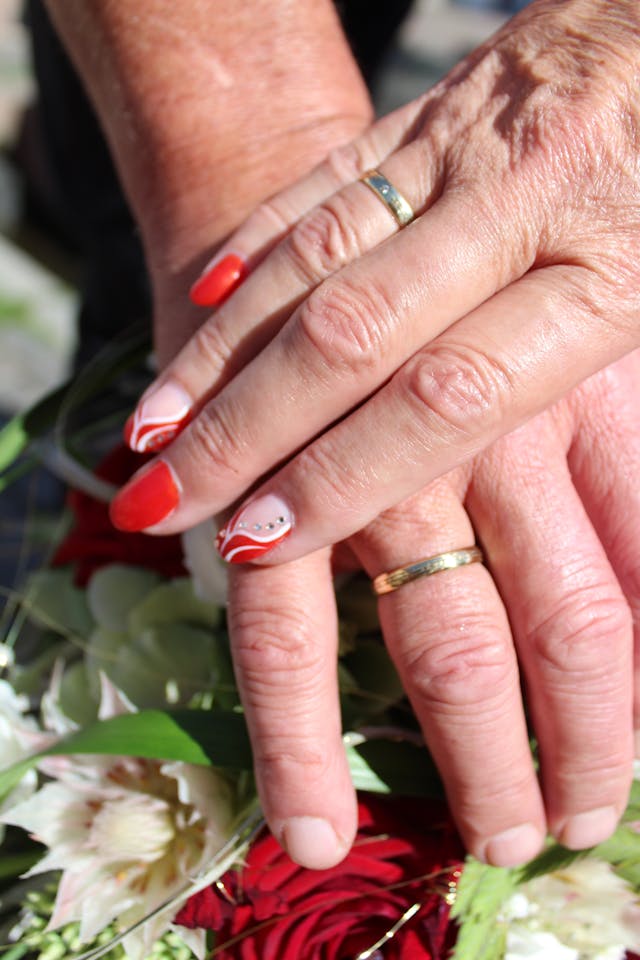
Acrylic Nails
The Common Problems with Acrylic Nails
Acrylic nails are a popular choice for those seeking durable and long-lasting nail extensions. However, they come with their fair share of challenges. One of the most common issues is the weakening of your natural nails. The application process involves filing down the nail plate, which can thin and damage it over time. If you’re a fan of DIY nail care, improper application or removal can lead to even more harm, including painful nail breakage.
Another concern is the risk of infections. Poorly applied acrylic nails can lift over time, creating a gap where moisture and bacteria can accumulate. This can lead to bacterial or fungal infections, which are not only unsightly but also difficult to treat. Additionally, the strong chemicals used in acrylic applications, such as liquid monomers, can cause skin irritation or allergic reactions.
Long-Term Effects of Acrylic Nails on Natural Nails
Over time, the side effect of long-term nail enhancement with acrylics becomes more apparent. Your natural nails may become brittle and prone to splitting. The constant exposure to harsh chemicals can also dry out the nail bed, making it harder for your nails to recover between applications. If you frequently wear acrylics, you might notice that your nails take longer to grow back to their original strength and thickness.
Gel Nails
Issues with Gel Nails
Gel nails are another favorite among nail enthusiasts, especially for their glossy finish and durability. But they’re not without drawbacks. The curing process requires UV or LED light, which exposes your skin to harmful rays. Prolonged exposure can increase the risk of premature aging and even skin cancer on your hands. If you’re someone who loves doing your nails at home, investing in proper UV protection is essential.
The removal process is another challenge. Gel nails require soaking in acetone, which can dry out your nails and surrounding skin. This harsh process often leaves your nails feeling weak and brittle. Repeated use can exacerbate these issues, making it harder for your natural nails to stay healthy.
Gel Nails and Nail Health Over Time
Long-term use of gel nails can lead to several problems:
-
Nails may become brittle, peel, or crack due to the repeated application and removal process.
-
The UV exposure during curing can harm your skin and nails.
-
Dermatologists recommend taking breaks between applications and moisturizing your nails to minimize damage.
If you’re a DIY nail lover, these risks highlight the importance of proper techniques and aftercare.
Dip Powder Nails
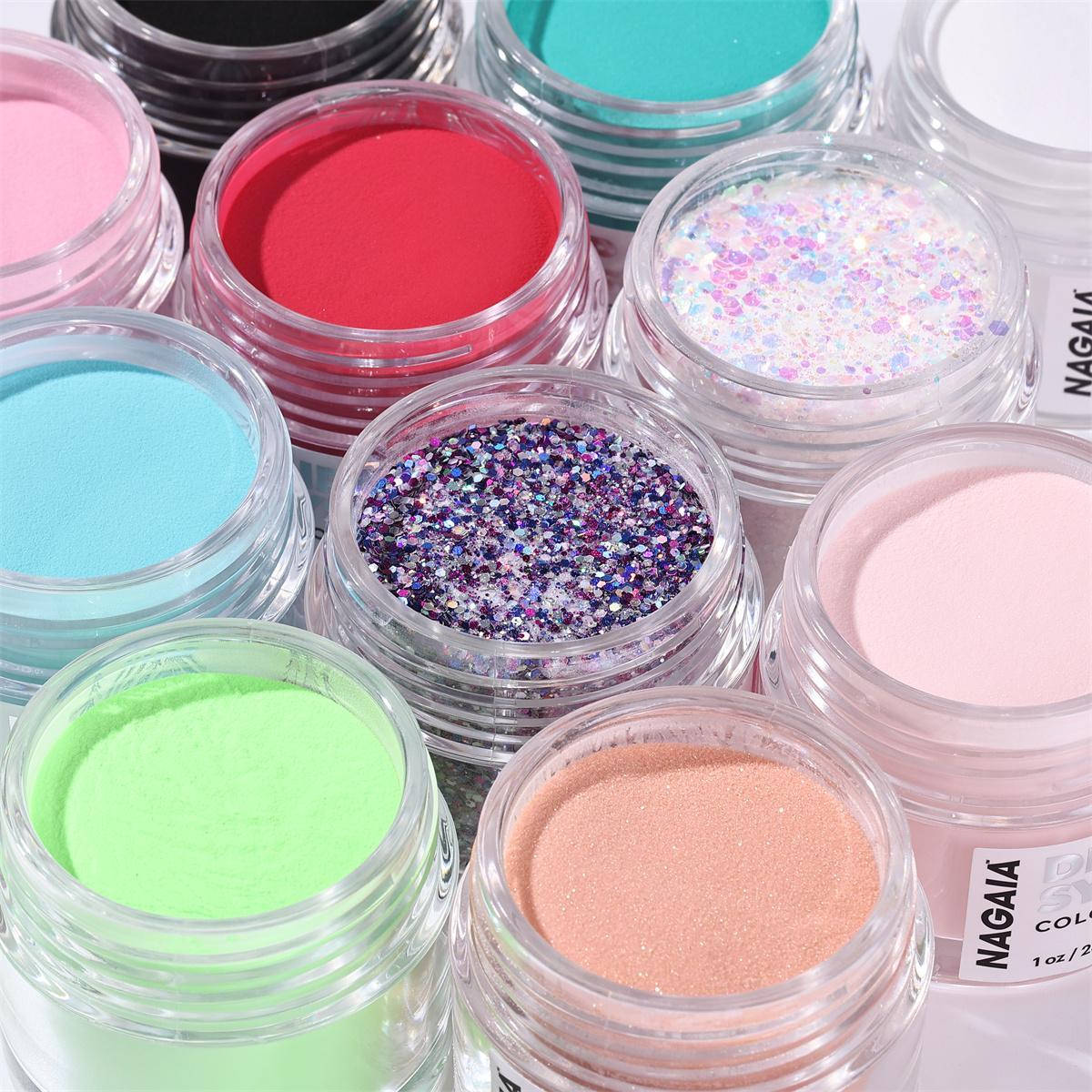
Benefits and Common Misconceptions About Dip Powder Nails
Dip powder nails have gained popularity as a safer alternative to acrylic and gel nails. Unlike gel nails, they don’t require UV light for curing, which eliminates the risk of skin damage. The application process involves brushing your nails with dip essential liquid, dipping them into colored powder, activate and sealing with a topcoat. This makes them a great option for DIY nail enthusiasts.
However, there are some misconceptions about dip powder nails:
-
Myth #1: Dip powder nails are damaging to natural nails.
Fact: When applied and removed correctly, they are less harmful than other artificial nails. -
Myth #2: Dip powders contain harmful chemicals.
Fact: High-quality dip powders are free from harsh chemicals like MMA, which is banned in the U.S. -
Myth #3: Dip powder nails weaken the natural nails.
Fact: Some dip powders include ingredients that can actually strengthen your nails.
While dip powder nails are generally safer, it’s crucial to ensure proper hygiene during application. Salons should follow strict protocols to prevent infections, and DIY users should work in well-ventilated spaces to avoid inhaling fine powders.
Why Nail Enhancements Are So Popular
The Allure of Long-Lasting, Beautiful Nails
Let’s face it—who doesn’t love the idea of waking up every day with flawless nails? Nail enhancements have become a go-to solution for anyone looking to achieve that polished, put-together look without constant upkeep. Whether you’re heading to work, a party, or just running errands, having long-lasting nail extensions can boost your confidence. They save you from the hassle of frequent touch-ups and chipped polish, giving you more time to focus on other things.
For many, nail enhancements are more than just a beauty choice—they’re a form of self-expression. You can experiment with bold colors, intricate designs, or even seasonal themes. It’s like carrying a tiny piece of art on your fingertips. Plus, the durability of these enhancements means you can enjoy your creative designs for weeks without worrying about them fading or cracking.
Trends Driving Nail Enhancement Popularity
The popularity of nail enhancements isn’t just about aesthetics—it’s also driven by exciting trends and innovations. Here’s what’s making waves in the nail world:
-
More people are prioritizing self-care and personal grooming, leading to increased spending on nail care products and services.
-
Nail art has exploded in popularity, thanks to social media platforms showcasing unique and creative designs.
-
Sustainability concerns are pushing consumers to seek eco-friendly and cruelty-free nail products.
Technology is also playing a big role. Smart nail devices and AI-powered machines now make it easier to create intricate designs at home. Augmented reality apps let you try out different nail colors and styles virtually, so you can find the perfect look before committing.
The rise of e-commerce has made shopping for nail care products more convenient than ever. You can browse a wide variety of options from the comfort of your home. And with more nail salons and beauty spas popping up, professional services are more accessible, giving you even more reasons to indulge in nail enhancements.
Health Risks of Long-Term Nail Enhancements
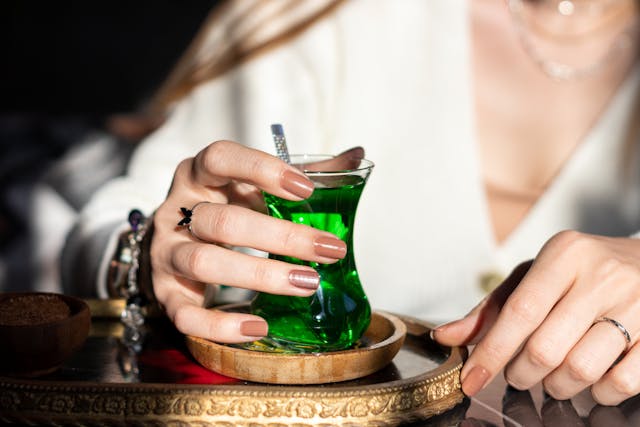
Damage to Natural Nails
Thinning and Weakening of the Nail Plate
If you’ve ever noticed your nails feeling thinner after removing nail extensions, you’re not alone. Frequent sessions of gel or acrylic overlays can wear down the nail plate. This happens because the application process often involves filing the surface of your nails. Over time, this can lead to thinning, making your nails weaker and more prone to damage. DIY nail lovers may face even greater risks if they don’t use proper tools or techniques. Thinner nails not only look unhealthy but also struggle to grow back to their original strength.
Increased Brittleness and Breakage of Nails
Prolonged use of nail enhancements can leave your nails brittle and prone to breakage. The constant exposure to harsh chemicals, like acetone during removal, strips your nails of their natural oils. This dryness makes them more likely to crack or split. If you’re someone who loves experimenting with nail art at home, it’s crucial to give your nails a break between applications. Otherwise, you might find yourself dealing with painful nail damage that takes weeks to heal.
Risk of Infections
Fungal Infections Under Acrylics and Gels
Nail infections are a common side effect of long-term nail enhancement. Acrylics and gels can lift over time if they are not applied properly, creating tiny gaps where moisture gets trapped. This warm, damp environment is perfect for fungal growth. You might notice discoloration or thickening of your nails, which are telltale signs of a fungal infection. For DIY enthusiasts, ensuring a clean application process is key to avoiding these issues.
Bacterial Infections Caused by Lifting Nails
When nail extensions lift, they don’t just invite fungi—they also create a breeding ground for bacteria. Bacterial infections can cause redness, swelling, and even pus around your nails. If you’re applying nails at home, make sure to sanitize your tools and avoid reusing old products. Proper removal techniques can also help prevent lifting and the harmful effects that come with it.
Chemical Exposure
Harmful Ingredients in Nail Products
Many cheap nail products contain chemicals that can have adverse effects on your health. Here’s a quick look at some common culprits:
|
Chemical |
Product Type |
Potential Health Effects |
|---|---|---|
|
Gel nails |
Allergic reactions |
|
|
Formaldehyde |
Nail hardeners |
Onycholysis, Paronychia |
|
Methyl acrylate |
Acrylic nails |
Allergic reactions |
|
Sodium hydroxide |
Cuticle remover |
Skin irritation |
|
Toluene sulfonamide formaldehyde resin (TSFR) |
Nail polish |
Allergic reactions |
These chemicals can cause everything from skin irritation to nail plate fragility. Long-term exposure to some, like formaldehyde, has even been linked to an increased risk of cancer. If you’re a fan of DIY nail care, consider switching to toxin-free products to minimize chemical exposure.
Allergic Reactions and Skin Irritation Due to Nail Products
Potential allergic reactions are another concern with nail enhancements. Ingredients like methacrylate in acrylics or 2-HEMA in gels can trigger contact dermatitis, leaving your skin red and itchy. Even nail polishes aren’t entirely safe, as they often contain allergens like TSFR or nickel. To reduce the risk, always perform a patch test before trying new products. Hypoallergenic options are available, but even these can cause reactions, so stay cautious.
Tip: If you experience any irritation or discomfort, stop using the product immediately and consult a dermatologist.
Improper Application and DIY Risks
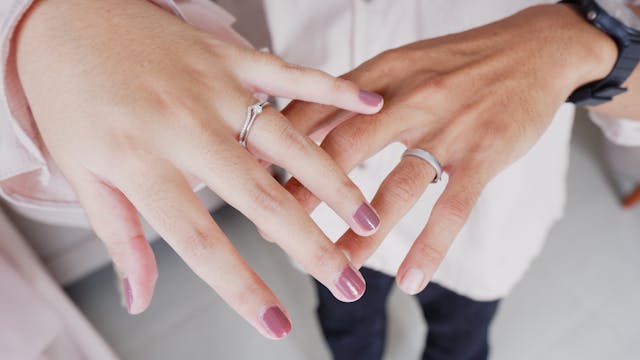
Risks of Self-Taught Application
DIY nail extensions might seem like a fun and cost-effective way to achieve salon-quality results, but they come with hidden risks. When you’re learning on your own, it’s easy to make mistakes that can harm your nails. For example, applying too much pressure while filing can thin the nail plate, leaving it weak and prone to breakage. Using the wrong tools or low-quality products can also lead to uneven application, which increases the chances of lifting or cracking.
Another common issue is poor hygiene. If you don’t properly sanitize your tools, you risk introducing bacteria or fungi to your nails. This can lead to infections that are not only painful but also difficult to treat. You might think you’re saving money by doing it yourself, but improper techniques can result in costly nail damage that takes months to repair.
Tip: Always invest in high-quality tools and follow professional guidelines to minimize risks. Watching tutorials from trusted sources can also help you improve your technique.
Long-Term Damage from Improper Nail Enhancement Removal
Removing nail extensions at home can be tricky, especially if you’re not familiar with the right methods. Many DIY enthusiasts resort to peeling or prying off their extensions, which can strip away layers of the natural nail. This weakens the nail bed and makes it more susceptible to splitting or cracking.
Soaking your nails in acetone for too long is another common mistake. While acetone is effective for removal, overexposure can dry out your nails and surrounding skin. This leaves your nails brittle and more likely to break. If you frequently remove extensions improperly, you may notice your nails becoming thinner over time, making it harder for them to recover.
Note: To avoid long-term damage, always use gentle removal techniques.
DIY nail care can be rewarding, but it’s essential to prioritize your nail health. Taking the time to learn proper application and removal techniques will save you from unnecessary damage and keep your nails looking their best.
Environmental Impact of Nail Enhancements
Non-Biodegradable Materials
The Problem with Acrylics and Other Synthetic Materials
Have you ever wondered what happens to your nail enhancements after you’re done with them? Acrylics and other synthetic materials used in nail products don’t break down easily. These materials are made from plastics and chemicals that can take hundreds of years to decompose. Every time you toss out old nail tips or leftover products, you’re contributing to the growing problem of plastic pollution. It’s not just about what you see in your trash can—it’s about the long-term impact on the planet.
Impact on Waste and Landfills
When you think about waste, nail products might not come to mind right away. But the reality is that millions of people use nail enhancements regularly. This creates a significant amount of waste that ends up in landfills. Over time, these materials release harmful substances into the soil and water. If you’re someone who loves experimenting with different nail styles, it’s worth considering how your choices affect the environment.
Chemical Waste and Pollution
The Toxic Waste Created by Nail Products
Nail products often contain chemicals like acetone, formaldehyde, and toluene. These substances don’t just disappear after use. When you wash them down the drain or throw them away, they can enter the water supply or soil. This creates toxic waste that harms ecosystems and wildlife. If you’re doing your nails at home, it’s important to dispose of these products responsibly.
Consequences for the Environment and Health
The chemicals in nail products don’t just harm the environment—they can also affect your health. When these substances pollute the air or water, they can cause respiratory issues and other health problems for people living nearby. By choosing eco-friendly nail options, you can reduce your exposure to these risks and help protect the planet.
Ethical Concerns in the Nail Industry
Sustainability Issues with Current Nail Enhancement Products
The nail industry has a long way to go when it comes to sustainability. Many products are made with non-renewable resources and packaged in single-use plastics. This creates a cycle of waste that’s hard to break. If you’re passionate about nail care, you might want to look for brands that prioritize sustainable practices.
The Push for Eco-Friendly Alternatives
Thankfully, some companies are stepping up to offer eco-friendly nail products. These include biodegradable materials, refillable packaging, and non-toxic formulas. As a DIY nail lover, you can support these efforts by choosing products that align with your values. Small changes in your routine can make a big difference for the environment.
Why Dip Powder Nails Are a Safer Alternative
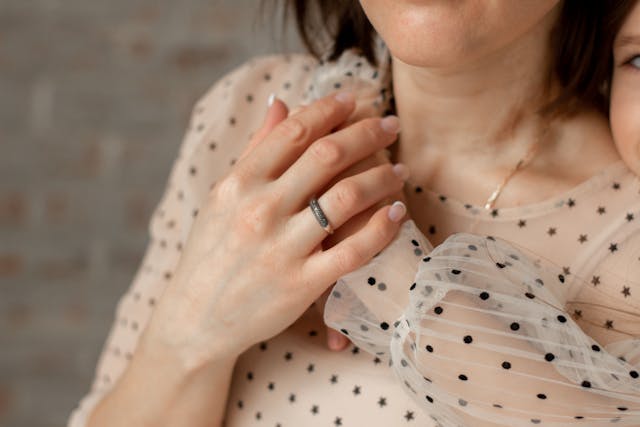
Less Harmful Chemicals
Dip Powder vs Acrylics: The Chemical Comparison
When it comes to nail enhancements, dip powder nails stand out as a safer option. Unlike acrylics, which often contain harsh chemicals like methyl methacrylate (MMA), dip powders are free from these harmful ingredients. MMA, banned in the U.S. for cosmetic use, can cause severe allergic reactions and long-term damage to your natural nails. Dip powders also avoid chemicals like formaldehyde and toluene, which are common in acrylics and can irritate your skin and nails. Instead, they use gentler components like ethyl cyanoacrylate, which is safe in low concentrations. This makes dip powder a healthier choice for your nails.
Why Dip Powder Is a Gentler Option for Your Nails
Dip powder nails don’t just skip the harsh chemicals—they also skip the UV light. Unlike gel nails, which require UV exposure to cure, dip powders air-dry naturally. This eliminates the risk of skin damage or premature aging caused by UV rays. Plus, dip powders are lightweight and flexible, reducing the chances of breakage. When applied and removed correctly, they can even strengthen your natural nails over time. If you’re looking for a nail enhancement that’s both beautiful and kind to your nails, dip powder is the way to go.
DIY-Friendly and Cost-Effective
How Dip Powder Nails Are Perfect for Home Application
If you love doing your nails at home, dip powder nails are a game-changer. The application process is simple: apply a base coat, dip your nails into the powder, activate and seal with a topcoat. There’s no need for expensive UV lamps or complicated tools. Dip powders dry quickly, so you can finish your manicure in no time. This makes them perfect for busy schedules or last-minute touch-ups. Plus, their long-lasting formula means fewer touch-ups, giving you salon-quality nails without leaving your house.
Why Dip Powder Saves You Time and Money
Dip powder nails might seem pricey upfront, but they save you money in the long run. Their durability means fewer trips to the salon for repairs or reapplications. They’re also less likely to chip or crack, even if you use your hands a lot. This makes them a cost-effective choice for anyone who wants stunning nails without constant maintenance. And since they don’t require UV curing, you’ll save time during application. With dip powder nails, you get the best of both worlds: professional results and budget-friendly convenience.
Reduced Risk of Nail Damage
How Dip Powder Nails Prevent Common Issues Like Lifting and Cracking
One of the biggest frustrations with nail enhancements is lifting and cracking. Dip powder nails tackle this problem head-on. Their lightweight and flexible nature allows them to move with your natural nails, reducing the risk of cracks. They also adhere better to the nail surface, minimizing lifting. This makes them a reliable choice for anyone who wants long-lasting nails without the hassle of constant repairs.
The Healthier Option for Your Nails Over Time
Dip powder nails don’t just look good—they’re also healthier for your nails in the long run. Unlike acrylics or gels, they don’t require excessive curing, filing or harsh removal methods. When you follow proper removal techniques, like soaking in acetone and gently buffing, your natural nails stay strong and intact. Regular use of dip powders can even protect your nails from external damage, acting as a shield while they grow. If you’re serious about maintaining nail health, dip powder is the smarter choice.
Nail Care Tips for Long-Term Health

Natural Nail Care Practices
Regular Moisturizing and Strengthening
Keeping your nails healthy starts with regular moisturizing and strengthening. Dry nails are more likely to crack or split, so hydration is key. Use natural oils like coconut or almond oil to massage your nails and cuticles. This simple step locks in moisture and promotes growth. If your nails feel weak, try a natural nail hardener or a biotin supplement to boost their strength. You can also use a mix of lemon juice and olive oil to hydrate and brighten your nails. These small habits go a long way in maintaining strong, beautiful nails.
Don’t forget about your diet! Eating foods rich in vitamins like biotin, vitamin E, and iron can make a big difference. Stay hydrated by drinking plenty of water every day. A balanced diet and proper hydration work together to keep your nails looking their best.
Using Non-Toxic Nail Polishes for Healthier Nails
Switching to non-toxic nail polishes is another great way to protect your nails. Many traditional polishes contain harsh chemicals that can weaken your nails over time. Look for options labeled "5-free" or "9-free," which means they don’t include harmful ingredients like formaldehyde or toluene. If you’re a DIY nail enthusiast, this is especially important. Using safer products ensures your nails stay healthy, even if you love experimenting with different colors and designs.
Tips for Minimizing Damage
Proper Application and Removal Techniques
Applying and removing nail enhancements the right way is crucial for avoiding damage. Always use gentle tools and avoid filing your nails too aggressively. If you’re removing enhancements at home, soak them in acetone for the recommended time and gently scrape the product with a proper tool. Never peel or pry off your nails, as this can strip away layers of your natural nail.
For DIY nail lovers, investing in high-quality tools and following professional guidelines can make all the difference. Proper techniques not only protect your nails but also help your enhancements last longer.
Taking Breaks Between Nail Enhancements
Your nails need time to recover. Taking breaks between enhancements allows them to regain their natural strength and flexibility. During these breaks, focus on nourishing your nails with vitamin E oil or a nail strengthener. If you love wearing enhancements, try limiting them to special occasions. This gives your nails a chance to breathe and prevents long-term damage.
By following these tips, you can enjoy beautiful nails without compromising their health. Whether you’re a DIY enthusiast or a salon regular, prioritizing nail care ensures your nails stay strong and stunning for years to come.
Long-term nail enhancements might seem like a dream come true, but they can take a toll on your health and the environment. From thinning nails to risks like infections, the side effects add up over time. Some products even expose you to harmful chemicals linked to serious conditions like cancer. That’s why dip powder nails stand out. They’re safer, easier to apply at home, and gentler on your nails. By making informed choices and giving your nails the care they deserve, you can enjoy beautiful, healthy nails without the hidden costs.

